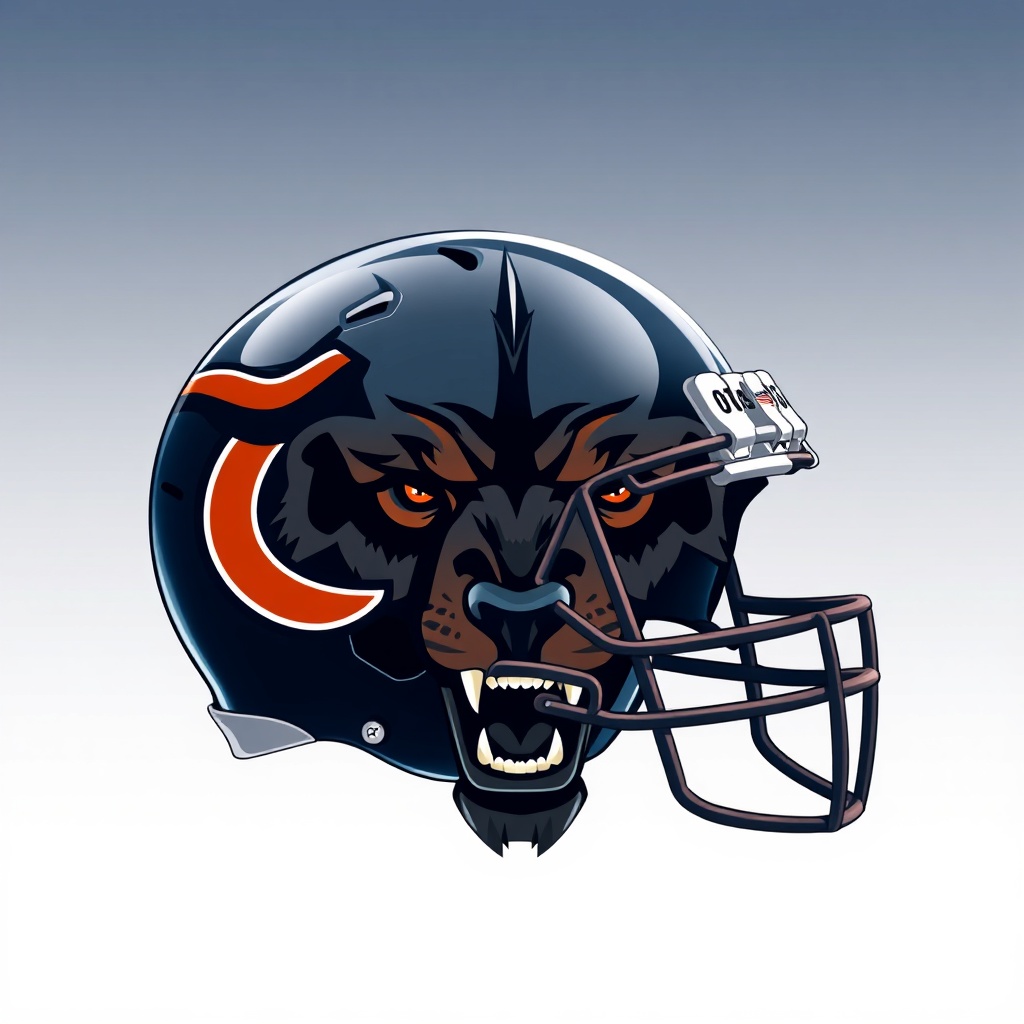Chicago Bears: Building a Competitive Identity Through Quarterback Clarity and Defensive Power
The Chicago Bears remain one of the NFL’s most storied franchises, with a passionate fan base, iconic stadium environment at Soldier Field, and a culture that prizes tough defense. For the organization to convert potential into sustained success, three pillars tend to define the path forward: quarterback clarity, defensive identity, and smart roster construction.
Quarterback clarity drives everything
Quarterback stability is the single biggest determinant of a team’s ceiling.
Whether a team drafts a high-upside prospect or commits to developing an existing signal-caller, clarity about the position allows coaches to build an offense around strengths instead of masking weaknesses. For the Bears, finding—or refining—a quarterback who can make quick reads, move the pocket when necessary, and deliver consistent timing to playmakers is essential. Complementing that QB with a coaching scheme that matches his strengths reduces turnover, increases red-zone efficiency, and improves third-down conversion rates.
Defense: tradition meets modern demands
Chicago’s defensive tradition is an asset, but modern defenses must blend classic aggressiveness with versatility.
Pass rush remains the premium: getting pressure without heavy blitzing simplifies coverage and forces opponents into mistakes. That means investing in edge defenders and a strong interior rush, plus rotating linemen to keep pass rushers fresh. The secondary benefits when the front four can win one-on-one matchups; improved coverage reliability reduces big plays and shortens games for the offense.
Versatility in linebackers and hybrid defenders is also valuable. Players who can cover tight ends and running backs, step up against the run, and blitz effectively allow coordinators to disguise looks and respond to diverse offensive schemes. Strong situational defense—red zone stands, two-minute defenses, third-and-long packages—translates directly into wins.
Roster construction: draft, develop, and value in free agency
A smart roster plan balances high-upside draft capital with targeted free-agent signings. The draft is where long-term core pieces are found—impact linemen, difference-making defensive ends, and starting-caliber offensive linemen. Development pipelines and strong coaching staff are needed to turn mid-round picks into starters.
Free agency should be used to fill immediate needs and add veteran leadership, not as a shortcut for foundational positions.
Value signings—players with a clear role, short-term contracts, and minimal dead cap risk—help maintain roster flexibility. Managing salary cap creatively allows teams to re-sign homegrown players and add situational veterans as the roster matures.
Offensive line and running game: control the tempo
Protecting the quarterback and establishing a reliable running game create predictable success.
A cohesive offensive line—built through continuity, smart scheme fit, and occasional veteran additions—gives the quarterback time to operate and opens lanes for play-action concepts.
A balanced attack keeps defenses honest and maximizes explosive play opportunities.
Culture, coaching, and fan support

A winning culture takes time and requires alignment from front office to coaching staff.
Clear messaging, accountability, and incremental progress are signs of effective leadership. The Chicago fan base is one of the league’s most knowledgeable and fervent; home-field advantage in challenging weather conditions should be leveraged by building a physical, resilient team that thrives in those environments.
What to watch
Keep an eye on quarterback development and how offensive play-calling adapts to personnel. Defensive investments—especially edge rush and secondary upgrades—often indicate a team’s commitment to reclaiming its historic identity.
Finally, draft decisions and free-agent signings reveal whether the franchise prioritizes long-term sustainability or short-term fixes.
For the Bears, the blueprint is familiar: secure quarterback clarity, build a disruptive defense, and construct the roster with patience and value. When those elements align, expectations shift from hopeful to realistic, and the franchise can again challenge at the highest levels within the division and beyond.